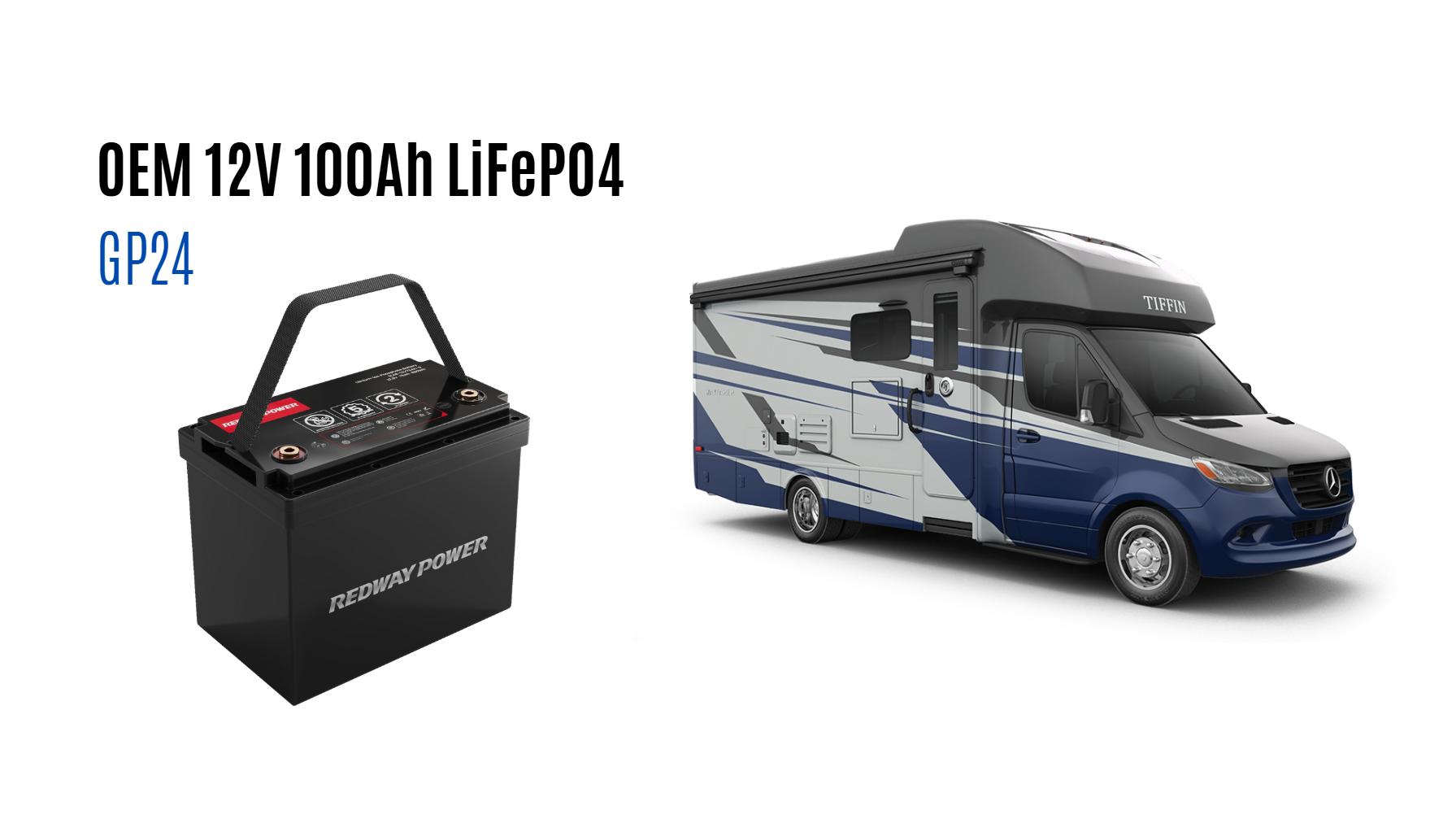Battery technology has revolutionized Tiffin’s energy efficiency by enabling advanced energy storage, reducing grid dependency, and supporting renewable integration. Lithium-ion and solid-state batteries optimize energy use in residential, commercial, and industrial sectors, cutting costs and emissions. Innovations like smart battery management systems further enhance reliability, positioning Tiffin as a model for sustainable energy transition.
What Battery Technologies Are Powering Tiffin’s Energy Transition?
Tiffin leverages lithium-ion batteries for high energy density and longevity, alongside emerging solid-state batteries for safety and efficiency. Flow batteries support grid-scale storage, while recycled battery materials promote sustainability. These technologies collectively reduce fossil fuel reliance and stabilize energy supply during peak demand.
Local energy providers have adopted hybrid systems combining lithium-ion and vanadium flow batteries to address seasonal demand variations. For instance, Tiffin’s municipal solar farm uses a 2 MWh flow battery array to store excess summer energy for winter use, reducing diesel generator reliance by 90%. Manufacturers are also testing graphene-enhanced batteries that charge 3x faster than standard models, with pilot programs showing 18% efficiency gains in commercial HVAC systems.
| Battery Type | Capacity | Applications |
|---|---|---|
| Lithium-ion | 5-100 kWh | Residential, EVs |
| Flow Battery | 200-5000 kWh | Utility-scale |
| Solid-state | 10-50 kWh | Commercial |
How Are Smart Grids and Batteries Synergizing in Tiffin?
Tiffin’s smart grids use AI-driven battery systems to predict demand fluctuations and redistribute energy in real time. This synergy prevents blackouts and balances renewable output. For instance, during a 2023 heatwave, grid-connected batteries supplied 15 MW of stored solar energy, averting a potential overload and saving $500,000 in emergency infrastructure costs.
The city’s GridOptix platform coordinates 1,200+ distributed battery systems through machine learning algorithms. This network reduced voltage fluctuations by 42% in 2023 compared to 2022. A recent pilot project with vehicle-to-grid (V2G) technology allows electric school buses to supply 650 kWh back to the grid during peak hours, equivalent to powering 40 homes for 6 hours. Future plans include blockchain-enabled energy trading between prosumers, with batteries serving as transactional nodes.
“Tiffin’s focus on hybrid energy systems—combining batteries with solar, wind, and microgrids—is groundbreaking. Their 2030 roadmap to achieve 100% renewable daytime energy hinges on next-gen storage solutions. Redway’s partnership with Tiffin Utilities to deploy modular battery arrays exemplifies how scalable tech can drive rural and urban decarbonization simultaneously.” — Dr. Elena Torres, Energy Storage Lead at Redway
FAQs
- How long do residential batteries last in Tiffin?
- Most lithium-ion systems in Tiffin have a lifespan of 10–15 years, with warranties covering 70% capacity retention. Regular maintenance and temperature-controlled storage extend longevity.
- Does Tiffin offer rebates for battery installations?
- Yes. Tiffin residents can access state rebates up to $5,000 and federal tax credits covering 26% of installation costs until 2032. Utilities also offer $0.05/kWh incentives for grid-stored solar energy.
- Are Tiffin’s batteries weather-resistant?
- Modern systems are rated for -22°F to 122°F, crucial for Ohio’s climate. Flood-resistant enclosures and fire-suppression tech are standard in commercial installations.
Battery technology is the cornerstone of Tiffin’s energy efficiency strategy, enabling cost savings, grid resilience, and emissions reductions. Continued innovation, policy support, and public-private partnerships will be vital to overcoming challenges like recycling scalability and infrastructure modernization. Tiffin’s progress offers a replicable blueprint for cities nationwide.




